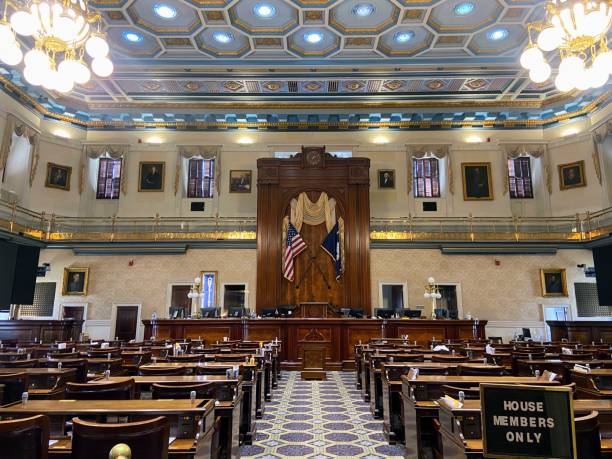Nearly a quarter-billion dollars of 2023 cannabis taxes are in default, threatening to weaken California’s market, especially with an impending excise tax increase to 19%.
The taxman is knocking on the doors of hundreds of licensed cannabis businesses in California, as nearly 15% of the state’s operators are in default of their sales-and-use tax obligations, amounting to a staggering $189.3 million in default as of December 31, 2023, according to the California Department of Tax and Fee Administration (CDTFA). This concerning trend extends to the cannabis excise tax as well, with 15.4% of retail licensees in default, totaling over $54.2 million in unpaid taxes.
The consequences of this widespread default ripple through the entire industry, affecting not only the businesses directly involved but also cannabis brands and other state-licensed operators. The situation is particularly dire for operators in Los Angeles County, where a significant portion of cannabis businesses are in default, owing more than $106 million in unpaid sales-and-use taxes and nearly $17 million in unpaid excise taxes.
The enforcement mechanisms available to the CDTFA include placing liens on property, seizing assets, levying bank accounts, and suspending permits or licenses. Furthermore, individuals associated with businesses in default may be held personally liable for unpaid taxes under certain circumstances.
The root causes of this crisis are multifaceted, ranging from high taxes and regulatory burdens to fierce competition from unlicensed dispensaries and the failure of California’s social equity program to deliver on its promises. Many of the distressed businesses were once heralded as champions of racial justice, but they now face the threat of financial ruin.
As California’s legal cannabis market struggles to stay afloat, tax revenues have declined in recent years, prompting discussions about increasing the cannabis excise tax rate to 19% in 2025. However, such a move could exacerbate the problem by driving more businesses into default and further shrinking the legal market.
In the face of these challenges, stakeholders across the industry must work together to find solutions that ensure the sustainability and integrity of California’s cannabis market. This includes exploring alternative tax structures, addressing regulatory barriers, and providing support to struggling businesses, especially those owned by marginalized communities.
Ultimately, the future of California’s cannabis industry hinges on its ability to navigate these obstacles and build a more equitable and resilient framework for legalization. Failure to do so risks undermining the progress made thus far and perpetuating the injustices of the past.
OG source














